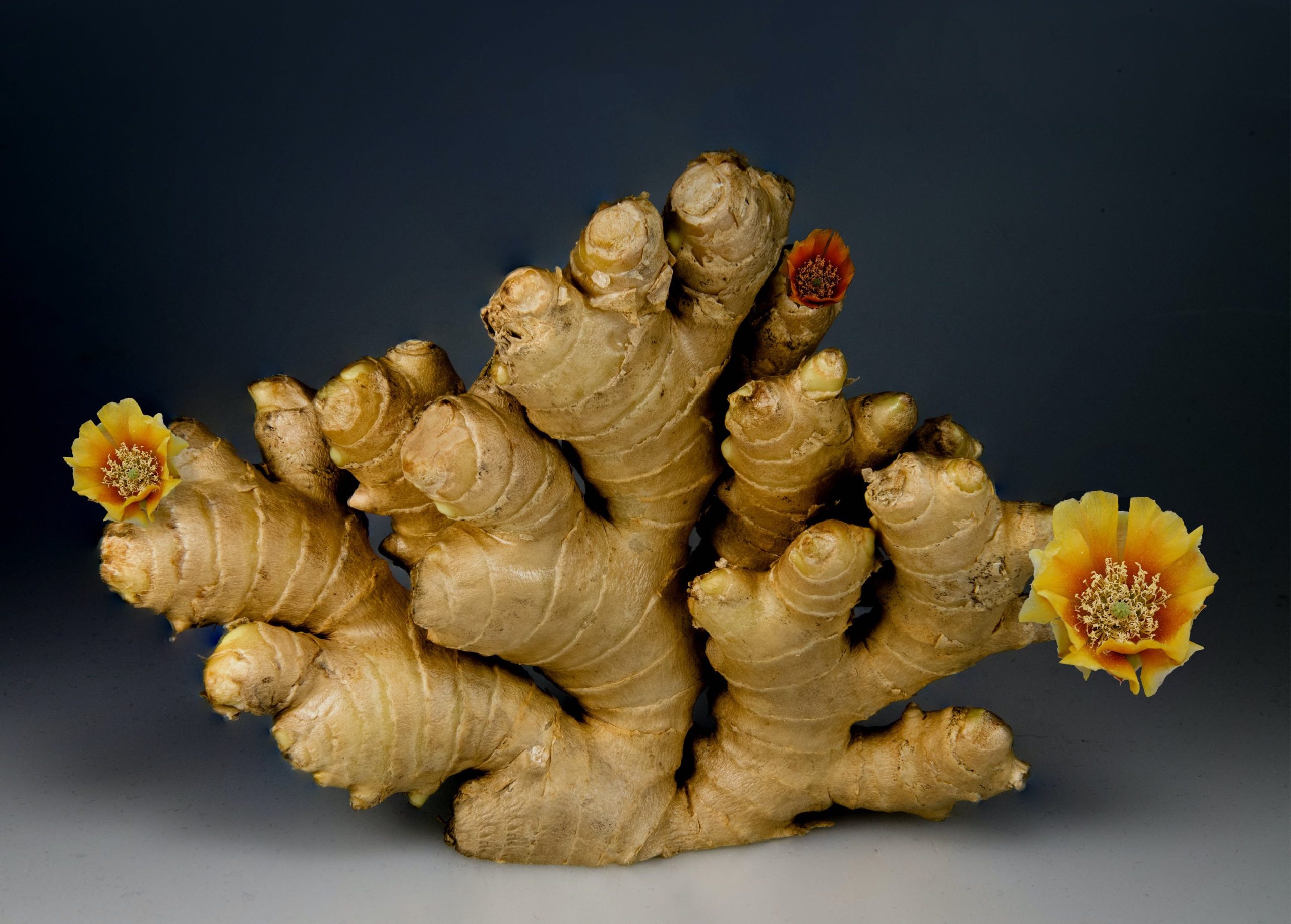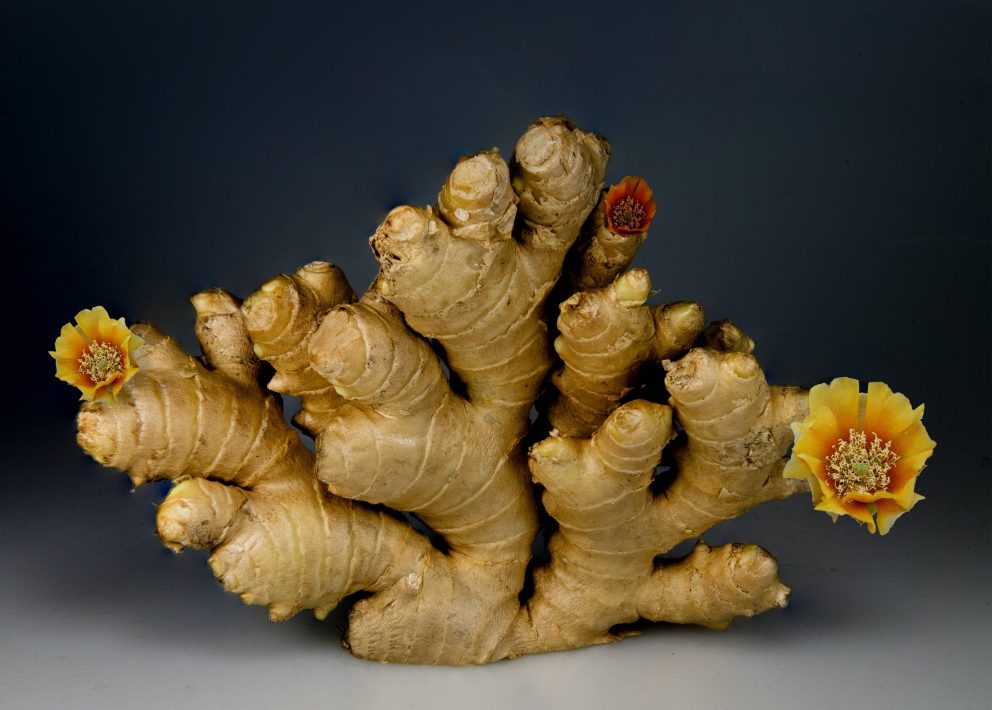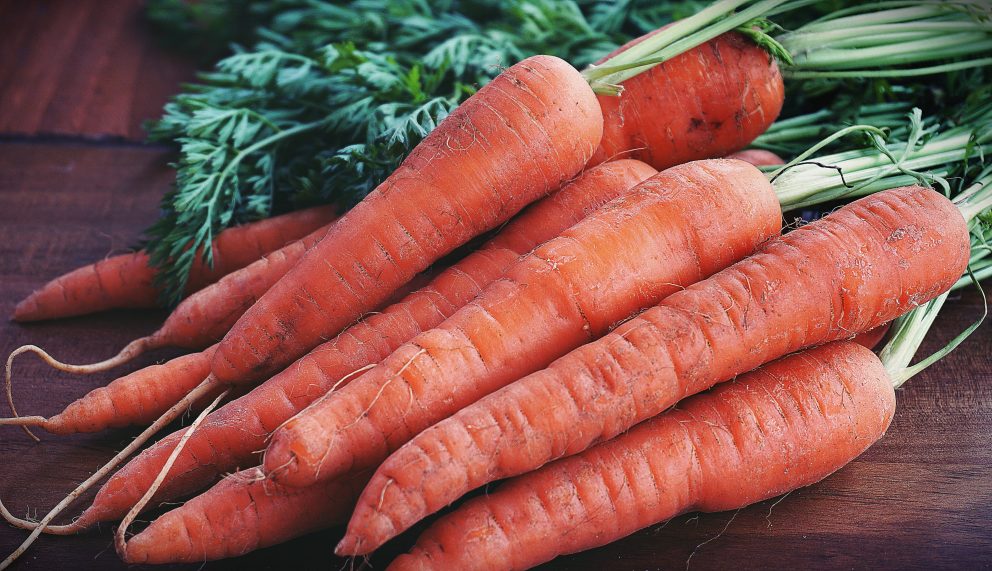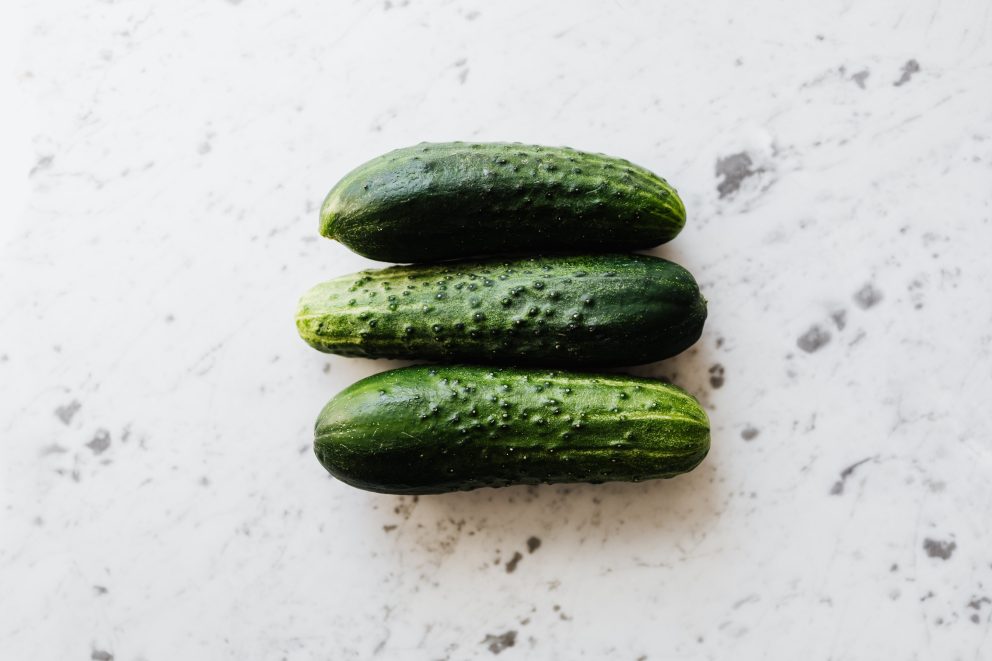
Alpha-Humulene Terpene Effects, Benefits, Flavor & Strains

Photo by Joris Neyt
Cannabis may be highly coveted and contested due to its THC content. However, the expanded adoption of medical marijuana across the United States has led to a greater understanding of the countless biological chemicals found within everyone’s favorite herb. Humuene is one of these compounds and its full list of medical applications is still being expanded.
Humulene is a terpene. Terpenes help give plants their distinct flavor and scent profile but serve a whole host of biological benefits to a plant’s survival. Some of these benefits can extend to the animals and people that eat them.
Terpenes are phytochemicals, chemicals made by plants, that can serve as antioxidants and can augment or amplify the THC, CBD, and other medical boosts to give you more bhang to your bud. This post will review the chemical humulene a.k.a. Alpha-humulene and what it can do for you?
Apply for a Medical Marijuana Card Online Today
Join over 100,000 patients who have chosen Green Health Docs as their medical cannabis doctors. We have a 99% approval rate and offer a 100% money back guarantee!
What Is Humulene?
Humulene, also known chemically as α-humulene, is one of the major terpenes found in cannabis, contributing to the distinct aroma and flavor profile of cannabis. It’s second only to myrcene as one of the more prominent terpenes. Both terpenes combined witn pinene are instrumental in cannabis’s distinct flavor.
Humulene gives off earthy, woody, and spicy notes that make it stand out among other terpenes that can often be fruity like limonene. Beyond its distinctive smell and taste, humulene offers a variety of potential health benefits that make it an important part of the entourage effect in cannabis.
The entourage effect is how the combination of cannabinoids, terpenes, and flavonoids all have minor interactions between each other that lead to an overall net effect on the human body. For example, pinene can amplify CBD while also tempering the intensity of THC.
Humulene is named for Humulus lupulus a.k.a. hops as it was first found in the essential oils of the common beer ingredient. Humuelene is the terpene that contributes to the general “hoppy” flavor found in many beers like your favorite IPA or pale ale. That’s right humulene is found in some of your favorite party supplies: weed and beer.
Humulene is also an isomer of beta-caryophyllene. Isomers are almost chemically identical in their chemical makeup but the organization of their molecules is different giving it different chemistry. For example, delta-10 and delta-8 THC are isomers of THC but their subtle chemical differences impact how people experience the “high” of these semi-legal cannabis derivatives by how they engage chemically with the body.
This post will explore everything there is to know about humulene, including its effects, benefits, and the weed strains highest in humulene. Find out what makes this terpene so special.
How Do You Pronounce Humulene?
While medical marijuana legislation is making these biological compounds more common and closer to becoming household names they do not make them easy to pronounce. Humulene is pronounced “hue-myu-leen”.
It’s sometimes written as α-humulene using the Greek letter alpha to denote the type of isomer it is.
What Is The Chemical Structure Of Humulene?
Humulene belongs to the class of organic compounds called sesquiterpenes. Unlike more simple monoterpenes it is more likely to cyclic or contain rings in their molecular makeup. Humulene contains 15 carbon atoms in its molecular structure compared to monoterpenes which only contain 10 carbons. The molecular formula of humulene is C15H24.
Humulene consists of three isoprene units linked together creating three core rings. This chemical configuration gives humulene its stability, reactivity, and fragrant properties. Slight structural differences set it apart from its isomer beta-humulene despite sharing the same molecular formula.
It’s also an isomer of caryophyllene and they’re both found together in cannabis. Many of the chemicals in cannabis can convert or degrade into different compounds. For example, CBG can become any cannabinoid and THC will often degrade into CBN when exposed to too much heat or light. This is why older weed or overcooked edibles are more likely to make you tired than high.
Understanding the chemistry of these compounds can help you more directly understand the complexity of how they work together. This can help you better understand how they’ll work with your body to help alleviate certain symptoms, cure conditions, and support your health goals. Speaking of health goals, what exactly can humulene do for you?

Photo by Suzy Hazelwood
What Are Humulene’s Health Benefits?
Again, the increase in medical marijuana prescriptions and testing is leading to a greater understanding of the various health benefits of terpenes like humulene. However, initial research is pointing to the following:
Humulene Terpene Benefits
- Reduce Inflammation
- Relieve Pain
- Suppress Your Appetite
- Fight Bacterial Infections
- Kill Fungal Overgrowth
- Promote Relaxation
- Help Control Allergies
Humulene’s anti-inflammatory activity is one of its most researched benefits. By suppressing the body’s natural inflammatory responses which can be sent into hyperdrive by our diets and habits, humulene can potentially help treat inflammatory conditions affecting your:
- Joints
- Digestive system
- Lungs
- Blood vessels
- Brain
- Skin
Prolonged body inflammation can be the cause of many diseases and medical conditions including wear and tear on body parts, Alzheiemer’s disease, asthma, cancer, and heart disease. The benefit of anti-inflammatories is that they help reduce the chronic inflammation that leads to these conditions.
Humulene’s antibacterial and antimicrobial capabilities make it a contender to treat skin infections like acne, boils and fungal infections like athlete’s foot and ringworm. Humulene seems to have a wide-ranging medical potential but further research is still needed to confirm humulene’s full therapeutic reach. That being said, the potential is exciting.
Humulene Terpene Effects
The benefits of humulene are due to how it impacts the body. This can often be loosely or directly connected to how it functions in plants. Here’s some more insight into how humulene affects the body.
Anti-Inflammatory
Humulene has demonstrated impressive results in reducing inflammation. Our bodies naturally launch our inflammation response to address allergies, injuries, and other conditions. Our diets and the stressors of the world at large can often influence our inflammation response.
Part of the appeal of CBD is that it engages with our CB2 receptors which govern our inflammation response. Speaking of CB2 receptors…
Pain Relief
By engaging with our CB2 receptors humulene along with CBD can help alleviate pain and inflammation. Strains high in humulene and CBD can help by engaging with these parts of our endocannabinoid system to help alleviate pain which is beneficial for patients with chronic pain.
Antibacterial
As more antibiotic resistant strains of bacteria continue to pop up, natural alternatives prove to be highly beneficial. Humulene has been found to have the ability to kill or slow bacteria growth. Again, this serves plants by preventing infections and these benefits can extend to humans and animals when consuming these terpenes.
Antifungal
Another role terpenes play is to reduce fungal infections. You may not realize it but athlete’s foot, yeast infections, and certain skin eruptions like ringworm can be caused by fungi on the microscopic level. Humulene has shown advanced antifungal properties against species like Cryptococcus neoformans.
Anti-Proliferative
While medical marijuana began as a way to ease the side effects of chemotherapy and radiation there are actual benefits to cannabis. Humulene has been found in studies to have anti-cancer potential. It is antiproliferative in that it helps prevent cancer cells from growing and spreading. This can be in part due to its ability to encourage apoptosis or cell death in cancer cells. is combined with some other terpenes’ antioxidant and anti-cancer benefits show great potential.
Appetite Suppression
While weed is often credited for causing the munchies which can help with HIV patients and those recovering from radiation, not everyone wants to binge after dosing. Humulene shows potential with working with THCV to suppress appetite and can help treat gastritis by reducing inflammation in the stomach mucosa.
Sedative
For those who love indicas for their ability to knock you out you may want to start looking into high-humulene strains. It’s been demonstrated to engage with GABA receptors and encourage sleep.
Along with these benefits, humulene contributes to the overall entourage effect of cannabis and the combination of many of these compounds can create full-bodied therapeutic benefits in the body. Now that you know about the benefits of humulene, which strains might you want to check out?

Photo by Karolina Grabowska
What Cannabis Strains Are High In Humulene?
One benefit to the expansion of medical marijuana means more testing and cannabis cultivators studying their strains. This means a greater awareness of the full chemical breakdown of these strains. Here’s a few that are high in humulene so you can try some of the health benefits for yourself:
- Sour Diesel
- Girl Scout Cookies
- Headband
- White Widow
- Pink Kush
- Ice Cream Cake
- Death Star
- Afghan Kush
- Candyland
- Original Glue
- Wedding Cake
- Super Sour Diesel
So what are the hallmarks of humulene?
Humulene Taste
Terpenes are responsible for the flavor and aroma of plants. The rich, earthy taste of humulene makes it easy to detect in strains. It has a distinct woody, spicy flavor profile sets humulene apart from other common cannabis terpenes.
It’s commonly found in ginseng and ginger so those notes are often a cue that there’s humulene. It can have a slightly woody, herbal tobacco richness. It has spicy black pepper/allspice undertones with subtly musky hints and a woody finish.
If you’re smoking and get hints of pine, peppercorn, cedar, or exotic spices you just might have humulene to thank for these tasty flavors.
What Is The Humulene Terpene Smell?
Humulene has a distinct earthy, woody fragrance that makes it easily recognizable among other terpenes. While pinene can smell like pine there’s a general forest flavor to humulene’s signature scent.
Also, it’s responsible for the scent and flavor of hops because it appears in such high concentrations in the beer making plants. Any hoppy notes in your strain are also thanks to humulene.
The odor of humulene can be described as:
- Hoppy
- Herbal
- Spicy
- Musky
- Earthy
- Woody
- Piney
Since humulene and caryophyllene are isomers they share a similar earthy, musty scent. However, humulene offers a woodier, dryer, spicier odor compared to the sweeter profile of caryophyllene.
Humulene Terpene Profile
Terpenes can all vary and there are more than 30,000 terpenes in nature with 400 found in cannabis. Here’s a bit more about humulene.
- At room temperature it can be a viscous liquid.
- Its Molecular Formula is C15H24
- It’s Molecular Weight is 204.35 g/mol
- It’s Density is 0.894 g/cm3 at 20°C
- It has no boiling point as it can decompose before boiling.
- It’s melting Point is 16 to 18°C
Interestingly, humulene lacks a distinct boiling point. When heated to high temperatures, it decomposes rather than reaching a boiling point.
Among cannabis terpenes, humulene ranks as the 4th most abundant behind myrcene, limonene, and pinene. It can compose anywhere from 0-28% of a plant’s terpene content depending on its genetics and environmental conditions. Remember, terpenes can often exist as plants’ responses to stimuli and to protect them from pests and infestations.

Photo by Karolina Grabowska
What Common Foods and Plants Contain Humulene?
Terpenes are found throughout the plant kingdom. They are not only found in cannabis. Here are some common plants and herbs that contain humulene:
- Hops & Beer
- Carrots
- Garden Tomato
- Celery Stalks
- Ginger
- Ginseng
- Black Sage
- Nutmeg
- Pepper
- Allspice
- Cardamom
- Chinese Cinnamon
- Cloves
- Star Anise
- Fennel
- Sweet Basil
- Marjoram
- Oregano
- Rosemary
- Spearmint
- Hyssop
- Lemon Balm
- Winter Savory
- Cottonseed
- Safflower
- Cucumber
- Blackcurrant
- Guava
- Tamarind
- Sugar Apple
- Lemon
- Mandarin & Sweet Oranges
What Are The Uses Of Alpha-Humulene?
The distinct earthy, woody aroma of humulene makes it useful for fragrances and building out scents. It can be used to give a perfume or cologne earthy, spicy, or musky perfume notes.
Humulene also acts as a natural insect repellent. Bugs don’t enjoy its strong odor, allowing humulene-rich plants to deter pests. Growing plants high in humulene can help protect gardens from unwanted bug infestations.
Humulene may also have topical anti-bacterial and antifungal applications pending further research. This means it can offer an organic alternative for use in soaps, ointments, lotions, and other products to protect against infections.
As more terpene research unfolds, humulene may demonstrate additional promising applications. Its well-rounded therapeutic effects indicate intriguing possibilities.
What Is Beta Humulene?
Beta humulene, also known as β-humulene, is a structural isomer of the alpha humulene found in cannabis. This means it shares the same molecular formula as α-humulene but differs in the arrangement of atoms.
While alpha humulene offers a variety of wellness benefits, beta humulene has not been thoroughly studied. Little research exists exploring beta humulene specifically. It’s often used as an emulsifier or surfactant which is a chemical used to stir up activity to help when cleaning.
It can be found in wild celery, allspice, guava, lemons, and spearmint.
Final Thoughts
Humulene is just one of the many compounds found in cannabis that have almost unlimited potential. One bright side of medical marijuana is an expanded interest in the medical applications of plant phytochemicals. Some of the chemical ingredients of our favorite foods, not to mention cannabis, can have a little something extra when taken can help treat many conditions.
If you want to try out humulene for yourself get your medical marijuana card. Green Health Docs can help you find doctors in your area and get your medical marijuana card quickly and easily. This will let you try all of these vital compounds for yourself.
 This article has been reviewed by Dr. Anand Dugar, an anesthesiologist, pain medicine physician and the founder of Green Health Docs. Graduating from medical school in 2004 and residency in 2008, Dr. Dugar has been a licensed physician for almost 20 years and has been leading the push for medical cannabis nationwide.
This article has been reviewed by Dr. Anand Dugar, an anesthesiologist, pain medicine physician and the founder of Green Health Docs. Graduating from medical school in 2004 and residency in 2008, Dr. Dugar has been a licensed physician for almost 20 years and has been leading the push for medical cannabis nationwide.
